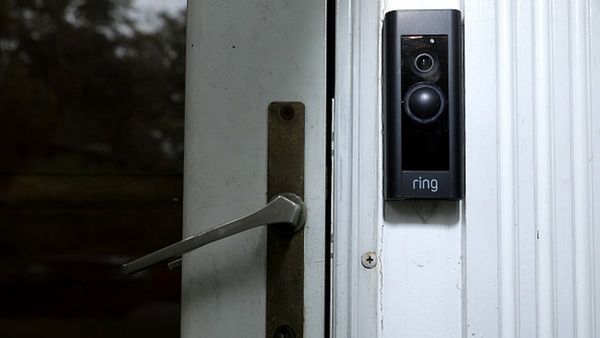/Berskshire%20Hathaway%20Warren%20Buffett%20image%20by%20QubixStudio%20via%20Shutterstock.jpg)
When one thinks of unusual options activity, which I define as options expiring in a week or longer with a Vol/OI (volume/open interest) ratio of 1.24 or higher, Berkshire Hathaway (BRK.B) is not the first stock that comes to mind, primarily because of its lack of options volume.
The holding company’s 30-day average options volume is 21,480. That’s not peanuts, but it's tiny relative to the top 10 U.S.-listed stocks by market cap. For example, Apple’s (AAPL) 30-day average options volume is 847,872, nearly 4x higher. Even Walmart (WMT), the 11th-largest stock by market cap at $734 million, has a 30-day average options volume 4x greater than Berkshire.
Despite this reality, Buffett’s company had exceptionally robust options trading on Wednesday, with a total volume of 29,860, 39% higher than its 30-day average.
Further, regarding unusual options activity, the holding company had five yesterday with DTEs (days to expiration) of seven days or more and Vol/OI ratios of 1.24 or higher.
More importantly, several options strategies presented themselves. The question is whether any of them are worth a second look.
The Long Strangle Doesn’t Quite Cut It
Barchart’s Long Strangle web page says the following about the strategy:
“The long strangle strategy anticipates volatility to rise and the underlying security to move significantly in either direction. The long strangle option strategy involves buying a call option and buying a put option at a lower strike price… The long strangle strategy succeeds if the underlying security breaks through the range, trading below the downside breakeven (lower strike - Net Debit) or above the upside breakeven (higher strike + Net Debit) at expiration.”
You want Berkshire’s share price to trade above the upside breakeven or below the downside breakeven at expiration.
So, the long strangle from the five above would be the Jan. 31 $480 call with a $0.35 ask price and Jan. 31 $440 put with a $1.12 ask price.
The net debit would be $1.47, and the breakeven on the upside is $481.47 [$480 call strike price + $1.47 net debit]. The breakeven on the downside is $438.53 [$440 put strike price - $1.47 net debit].
The good news is that the maximum loss of $1.47 is just 0.3% of yesterday’s $458.51 closing price. The bad news is that the profit probability is in the low teens. Berkshire stock doesn’t move that much in two weeks.
It doesn’t quite cut it.
Not 1 But 2 Long Iron Condors
Based on the Jan. 31 call and put from above, options investors have two long iron condor plays available to options investors.
Here’s what the Options Industry Council’s website has to say about the long iron condor:
“A long condor consists of being long one call and short another call with a higher strike, and long one put and short another put with a lower strike… An alternative way to think about this strategy is as a long strangle with a short strangle outside of it. It could also be considered as a bull call spread and a bear put spread.”
As I write this midday Thursday, there are three long iron condors with a Jan. 31 expiration and a $480 call strike. Of those, two also have the $440 put from above.
On the right, you’ll see that the profit probability for the second long iron condor is 33.3%, 12.1 percentage points higher (57%) than the first. You don’t have to be a math major--I’m certainly not--to understand that the second one is the better bet based on probability of success.
That said, the first one offers a 50% higher payout at a lower cost, which is also appealing.
While the long iron condor seeks the same outcome as the long strangle, its profitability is 2-3 times higher, making it a low-cost way to bet on Berkshire.
The Protective Collar
The last option strategy for today is the protective put. This strategy combines a covered call with a protective put to act as a hedge for existing Berkshire stock owners who are bullish about the company but are concerned about a near-term decline. The strategy involves combining a covered call with a protective put.
In a nutshell, you’re selling or short a call with a strike price above the share price while buying or long a put with a strike at or below the share price. Both options have the same expiration date.
You’ll see from this example that the protective caller will cost you $0.57, which is the net debit. Based on the breakeven of $460.68 [$460.11 share price + $0.57 net debit], you’ll make money from there up to $480. Above that, profits are capped.
The protective collar has the highest profit probability of the three options strategies at 51.8%.







